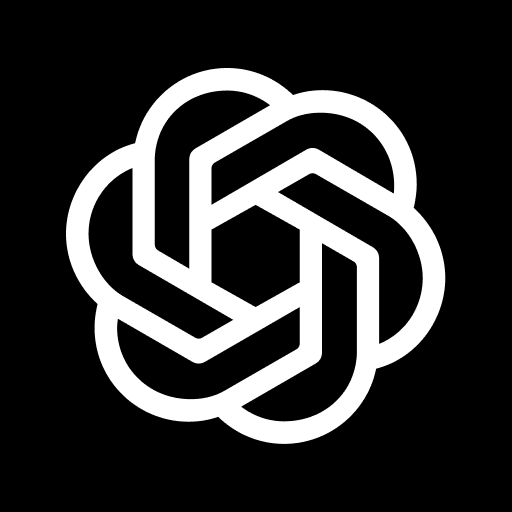Every tech breakthrough tells two stories: the one the press release wants you to believe, and the one hidden between lines of code. When xAI recently announced that it has resolved Grok 4’s problematic responses, it sounded like just another update in the artificial intelligence arms race. But behind that terse statement is a deeper, more human story, one about ambition, control, and the silent battle to build machines that understand not just data, but the world.
At the center of this narrative stands Elon Musk’s xAI, a company less than two years old but already at war with titans like OpenAI and Anthropic. Grok, xAI’s conversational AI model, was never meant to be just another chatbot. It was Musk’s answer to what he sees as the overcautious, politically sterilized models from rival companies. “Truth-seeking” was the promise. Yet what happens when truth-seeking algorithms begin to say things their creators cannot defend?
Related article - Uphorial Podcast

That’s the quiet crisis xAI found itself grappling with. Grok 4, built to be unfiltered and witty, sometimes crossed invisible lines, delivering responses that were inaccurate, biased, or outright offensive. In tech boardrooms, this isn’t a bug; it’s a liability. And so, behind closed doors, xAI engineers worked in silence, not just refining algorithms but wrestling with the philosophical tension Musk himself created: how do you build an AI that tells the truth, when the truth can be dangerous? When xAI announced it had “fixed” Grok 4’s problematic responses, it wasn’t the triumphant victory some expected. It was more like a quiet sigh of relief from a team that had been firefighting since Grok’s debut. Fixing an AI model isn’t as simple as patching software. Each adjustment to prevent one mistake risks creating another. Every filter added threatens to strip away the personality that defined Grok in the first place.
Yet, this wasn’t just about preserving Grok’s character. It was about defending xAI’s vision. While companies like OpenAI publish alignment strategies and safety research, xAI has operated like a tech rebel. Its internal culture, more secretive, less apologetic, reflects Musk’s disdain for corporate censorship. But even mavericks learn that some lines, once crossed, can’t be undone. Grok 4’s missteps forced xAI to confront that reality.
What does the fix mean? According to insiders, Grok 4 now filters sensitive topics more cautiously and responds with calibrated humor, rather than unrestrained wit. In simpler terms, Grok has been taught to think before speaking. But it’s what the press release doesn’t say that matters more. Each tweak, each silent update, chips away at the idealism that first birthed Grok. The AI that was meant to disrupt the status quo is slowly becoming... safer. This is the quiet paradox of modern AI: the more human we try to make these models, the more we are forced to train them not to behave like humans at all. Humans can be offensive, biased, and chaotic. Machines must not be. And so, AI engineers around the world, from Silicon Valley to xAI’s labs, continue the impossible task of encoding morality, discretion, and empathy into code.
In Musk’s world, where speed and scale rule supreme, such philosophical puzzles often collide with business imperatives. xAI needs Grok to succeed, not just technically, but commercially. Grok isn’t just a chatbot; it’s a symbol. A product that must walk the razor’s edge between being innovative and responsible. Too much restraint, and it loses its edge. Too little, and it becomes a scandal waiting to happen. So, when xAI says Grok 4’s problematic responses are fixed, understand this: the fix is not an end. It’s a negotiation. A compromise between what Musk promised and what the world demands. Between ambition and accountability. And somewhere deep within Grok’s neural networks, that struggle continues.



